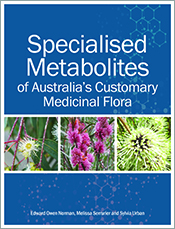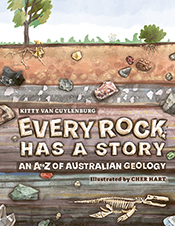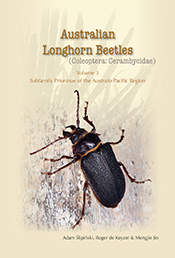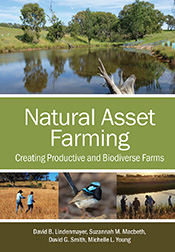Ecohydrology
Vegetation Function, Water and Resource Management
By: Derek Eamus, Tom Hatton, Peter Cook, Christine ColvinExplains the links between vegetation using ecophysiological knowledge, and the movement, availability and location of water in Australian landscapes.
Ecohydrology: Vegetation Function, Water and Resource Management describes and provides a synthesis of the different disciplines required to understand the sustainable management of water in the environment in order to tackle issues such as dryland salinity and environmental water allocation. It provides in the one volume the fundamentals of plant ecophysiology, hydrology and ecohydrology as they relate to this topic. + Full description
Both conceptual foundations and field methods for the study of ecohydrology are provided, including chapters on groundwater dependent ecosystems, salinity and practical case studies of ecohydrology. The importance of ecologically sustainable development and environmental allocations of water are explained in a chapter devoted to policy and principles underpinning water resource management and their application to water and vegetation management. A chapter on modelling brings together the ecophysiological and hydrological domains and compares a number of models that are used in ecohydrology.
For the sustainable management of water in Australia and elsewhere, this important reference work will assist land managers, industry, policy makers, students and scientists achieve the required understanding of water in landscapes.
- Short descriptionNews
No longer available in a print edition.
Reviews
"The book is excellent for equipping the hydrologist with the tools of the trade. The authors need to be commended also for expanding their vision beyond steam gauges and hydraulic models to the role of vegetation in using water and contributing to restoring a degraded or badly eroded land mass."
The Water Journal, 2006
"I would not hestitate to recommend Ecohydrology for undergraduate students and resource managers… Eamus et al. have helped readers understand landscape function from more than one disciplinary perspective. As a result, they have achieved their main objective and have done so in a clearly structured and well-written text that makes for pleasurable reading."
Jane Catford, Austral Ecology, December 2006
Features
- Introduces and explains the fundamentals of several disciplines (plant physiology; hydrology; ecology; environmental science) required to successfully understand vegetation and groundwater interactions.
- Case studies show how the integration of several disciplines has led to an understanding of the processes underlying ecosystem function.
Contents
Preface1. Setting the scene: water and vegetation resources in Australia
2. Water relations of plants
3. Basics of hydrology
4. Techniques in ecohydrology
5. Hydrological models
6. Groundwater dependent ecosystems in Australia
7. Ecohydrology in action: case studies
8. Salinisation: an ecohydrological perspective
9. Policy and guidelines for managing water in relation to ecological health in Australia
10. Integrated water resource management in South Africa
References
Index








